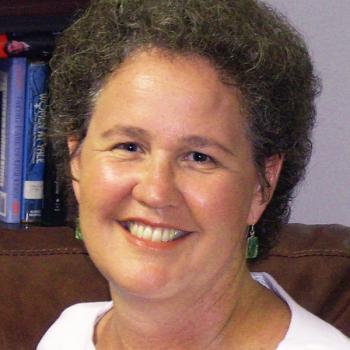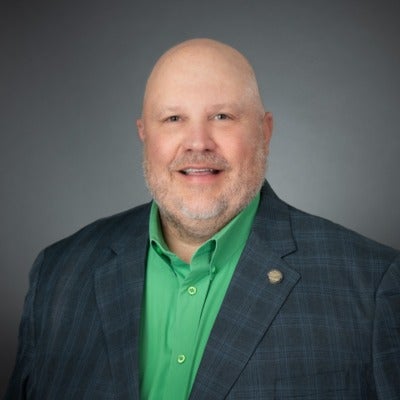Every day, students at Purdue Polytechnic High School in Indianapolis use emerging technologies and interdisciplinary approaches to tackle real-world problems. Two-thousand miles away at Life Academy of Health and Bioscience in Oakland—one of the state’s 600 Linked Learning pathways—students work in hospitals, bio-tech labs, and community health programs, integrating hands-on learning with rigorous and relevant coursework, ultimately displayed in a graduation portfolio.
These are innovative educational models in our states offering students opportunities to learn that prepare them for post-secondary life. We need more models like these, and we need them for all students. Unfortunately, many schools still use century-old “seat-time” approaches to tally Carnegie units. As a result, most students don’t have access to these kinds of future-ready opportunities to learn. We need to make schoolwork more like real work so students can apply the skills and knowledge they acquire in the classroom to the world beyond. This shift will require everyone to work together. We recently found common ground with colleagues representing a diverse range of perspectives when we worked with a bipartisan group of state policymakers to create the Opportunity to Learn principles, a framework to undergird a new, positive, bipartisan agenda for improving public education.
As state board of education leaders, we’re working to adopt new definitions of success and eliminate barriers to innovation. Though the problem is pressing—especially with the skills and competencies needed for the future of work shifting rapidly—we’re optimistic about the changes we’re seeing. It’s critical to recognize industry and other stakeholders as partners in navigating these changes.
State boards send important signals about what’s important through data collection and reporting. Many are establishing new definitions of the knowledge and skills students need and are developing tools that shine a light on whether schools are providing opportunities to acquire those.
California’s College/Career Readiness Indicator identifies whether high schools offer career and technical education, internships, dual credit, the chance to earn a seal of biliteracy, and AP and IB courses. Civic engagement may soon be added. And Indiana is developing a Graduates Prepared to Succeed dashboard that will capture the characteristics students need for lifelong success, including work ethic and civic, financial, and digital literacy. The dashboard will shed light on whether schools are fostering these attributes, which are important indicators for career success
State boards also play a vital role in setting educational standards, but these are sometimes so voluminous as to be impractical. Leaders should focus on how to streamline standards. California has identified the most essential standards reflecting future-ready competencies in math and ELA, with guidance on how to leverage technology when teaching these subjects. Indiana is streamlining its standards to keep the focus on essential workforce-ready skills and knowledge of critical topics.
As definitions of real-world readiness come into focus, we have to rethink structures like seat time and credit hours. California and Indiana let districts use competency-based approaches and encourage districts to seek waivers to mandates when they get in the way. The waivers can address instructional time, curriculum, out-of-school learning, and more. Recently, Indiana approved new Locally Created Pathways at three schools. These connect schools with community partners to help students achieve success after high school.
More authentic assessments, like evaluations used in the workforce or higher education, also encourage innovation. For example, in New Hampshire some districts use complex performance tasks. And Colorado encourages district capstone projects, like those used in Oakland schools, allowing students to demonstrate learning through a portfolio of work. Some colleges are now incorporating these portfolios in their admissions process.
Schools must serve as springboards for developing the authentic skills students need for success in life. We can better design schools to live up to that ideal if we encourage meaningful opportunities to learn.
 Linda Darling-Hamond
Linda Darling-Hamond
President of the California State Board of Education, professor emeritus at Stanford University, and president of the Learning Policy Institute.
 Byron Ernest
Byron Ernest
Indiana State Board of Education member, Founder & Chief Positivity Officer at Leadery Global, and 2010 Indiana Teacher of the Year

